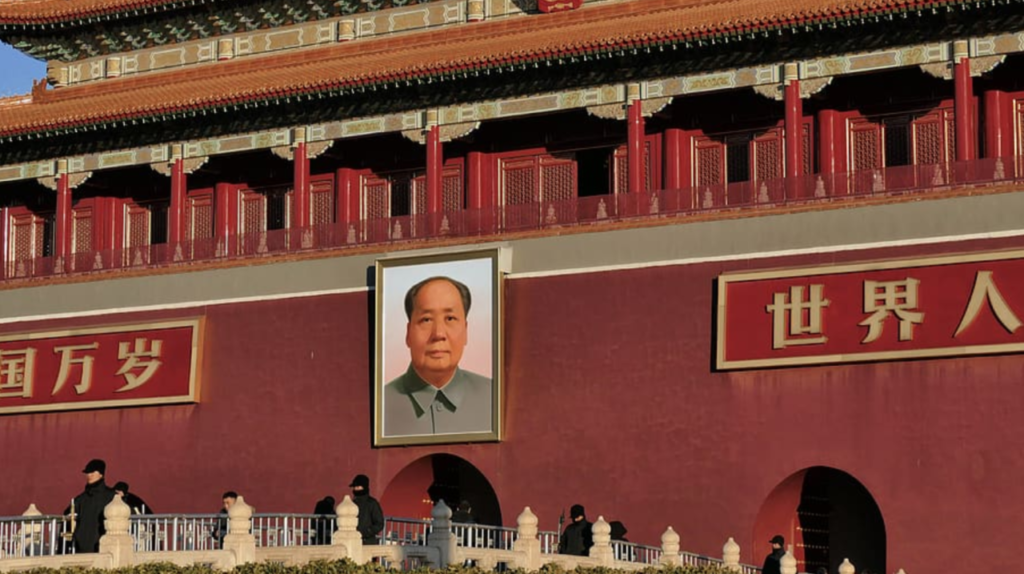
As the price of natural gas rises in America, it is crucial to look at export markets for LNG to remain competitive on the global market. China’s consumption of natural gas will continue to rise over the next 20 years as it finds ways to reduce CO2 levels in several of the largest cities in the country. This will make the country a major importer of LNG in the future.
Second-quarter buying was up 20% in China, but underground storage has been hitting capacity. China has approximately 6% storage capacity while other countries like Germany and Italy have 25% and 33% capacity to maintain supplies over a harsh winter. This means that China will continue to import gas in the short term even if storage is currently full.
China gets its natural gas from a variety of sources. The Central Asia-China pipeline transports gas from Kazakhstan, Uzbekistan, Turkmenistan, and is adding a fourth line that will transit through Tajikistan. These lines will deliver 85 Bcm/year once the new line is completed. Myanmar exports 12 Bcm/year by pipeline, Qatar has nearly doubled shipments of LNG, Australia remains the biggest supplier of LNG by volume and Russia is building a second pipeline to transport more natural gas.
The Power of Siberia pipeline transports Russian gas from the Lake Baikal region, goes through Eastern Russia, and delivers 38 Bcm/year of gas to DongBei China. This path is inefficient and takes time to get essential gas to critical regions across China. The China-Russia East Pipeline is being built to carry some of the gas from DongBei to Shanghai and is due to be completed at the end of 2020.
Construction on Power of Siberia 2 has begun and is slated to transport up to 50 Bcm/year of natural gas from the Yamal peninsula through Central Russia, to China via Mongolia by the year 2030. Contracts for China are expected to be for 30 Bcm/year with the rest of the natural gas being used in Ulaanbaatar to replace coal-fired power plants. This route is more efficient than the path through Eastern Russia or by ship through a northern route. The Ruble’s devaluation has made Russian gas even more cost-competitive and will help Russia compete for market share in the future.
Natural gas consumption will grow in China to 500 to 655 Bcm/year by 2040 (IEA) rising by 370 Bcm/year over the next 20 years. This rise in consumption is more than the rise in the rest of Asia combined. Domestic production in China will be approximately 300 Bcm/year by 2040, 68 Bcm/year will be supplied by Russia, 12 Bcm/year will be brought in from Myanmar, and 85 Bcm/year will be imported from Central Asia. This could lead to increased imports from the biggest LNG producers around the world.
China’s imports of LNG continues to rise and will likely overtake Japan as the largest LNG importer sooner than expected. America still has to compete with Qatar, Australia, and several other countries for market share but the supply gap could be large enough to justify expansions at several ports in the US to make exports more competitive. Also, a recent trade spat between China and Australia has been heating up, with China reducing wine and beef imports. This could further open the door to imports from the US.
China has tied the price of LNG to the price of oil at roughly $8-9/MMBtu to $60/bbl of oil. Oil prices have stagnated and will likely remain lower for longer, keeping a lid on gas prices in China even in the winter when gas is needed most. Exports to China from the US could remain flat in the short term due to rising trade tensions, higher domestic prices, and an unfulfilled Phase One deal. In the long term, however, exports to China will be a boon for the US economy.
